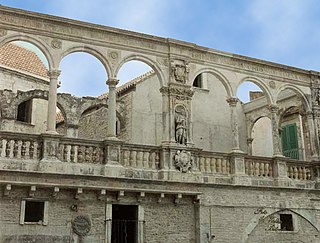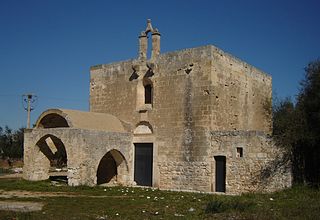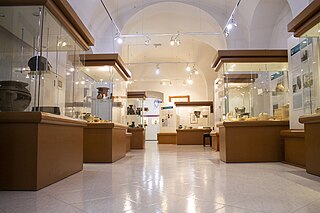6 Sights in Bitonto, Italy (with Map and Images)
Legend
Welcome to your journey through the most beautiful sights in Bitonto, Italy! Whether you want to discover the city's historical treasures or experience its modern highlights, you'll find everything your heart desires here. Be inspired by our selection and plan your unforgettable adventure in Bitonto. Dive into the diversity of this fascinating city and discover everything it has to offer.
Sightseeing Tours in Bitonto1. Galleria Nazionale della Puglia Girolamo e Rosaria Devanna
The National Gallery of Puglia "Girolamo and Rosaria Devanna" is an art gallery located in the Sylos-Calò palace in Bitonto, a Renaissance building dating back to the first half of the sixteenth century. It preserves works of origin mainly from the south but also from the rest of Italy and abroad. In particular, there are works by: Titian, Veronese, Orazio and Artemisia Gentileschi, Bernardino Mei, Giaquinto, Delacroix, De Nittis, Francesco Netti.
2. Chiesa dell'Annunziata
The Church of the Annunziata is a rural church in Bari, Italy. Located on the border between the territories of the Palese - Macchie and Santo Spirito districts, until 1928 it was located on the border between Bitonto and Modugno, when Santo Spirito and Palese passed, at the behest of the fascist hierarch and podestà of Bari Araldo di Crollalanza, from the jurisdictions of the two aforementioned municipalities to that of the capital.
3. Teatro Traetta
The Teatro Comunale di Bitonto is the main theatre in the city of Bitonto and is named after the musician Tommaso Traetta. It is located on the edge of the historic city center: it overlooks Largo Teatro Umberto and has its back to Piazza Marconi where part of the rear wall coincides with the city walls. Inaugurated in 1838, it was reopened in 2005 after fifty years of closure.
4. San Gaetano
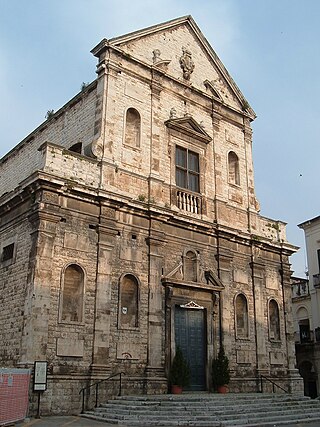
The church of San Gaetano was erected in 1609 in Bitonto on the ancient palace of the Universitas, in Piazza Cavour. The work, commissioned by the Theatines, originally called San Niccolò ai Teatini, and built according to the architectural project of Dionisio Volpone di Parabita, is in Baroque style. The structure was consecrated only in 1730 by Bishop Luca Antonio della Gatta.
5. Santa Maria del Popolo
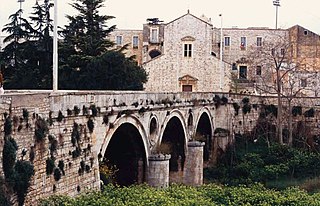
The church of Santa Maria del Popolo in Bitonto, also known as Santa Teresa because it was granted in 1702 to the Teresians who built a convent now used as a high school, is located a few tens of meters from the place where Porta Pendile once stood. Construction began in 1601 and was designed by the architect Bartolomeo Amendolara. The public cistern located to the right of the church, built to deal with drought, dates back to 1612.
6. Museo Archeologico - Fondazione De Palo-Ungaro
The archaeological museum of the De Palo-Ungaro Foundation is an archaeological museum founded in 2000 on the initiative of Teresa De Palo-Ungaro, who in the nineties set up a foundation to provide the city of Bitonto with a space for the exhibition of the finds of the Peucetian civilization from the excavations carried out in the municipal area. In addition to the finds from the Peucetian and Roman periods, the museum houses a library, an art gallery and the municipal historical archive.
Share
Disclaimer Please be aware of your surroundings and do not enter private property. We are not liable for any damages that occur during the tours.
